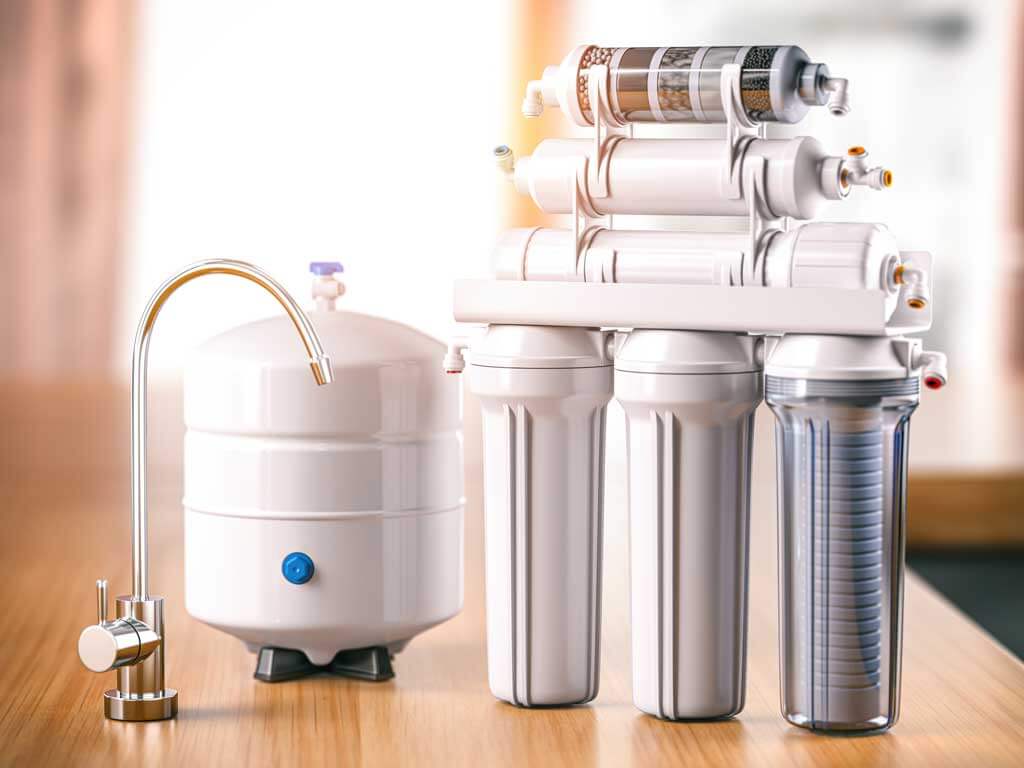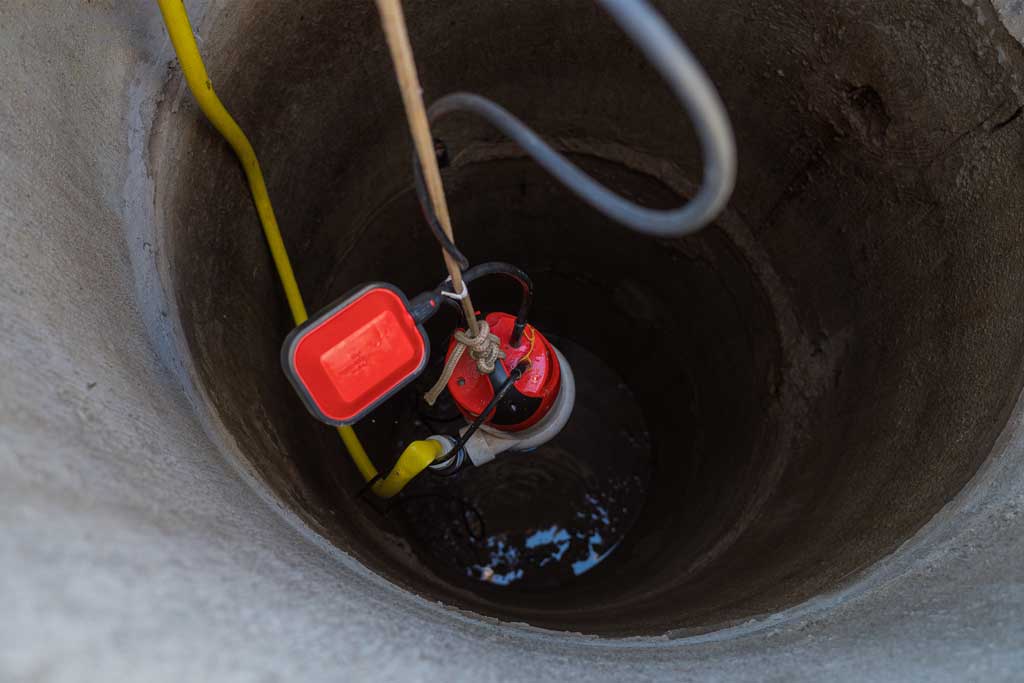Title: A DIY Guide to Digging and Constructing a Well: Tapping into Earth’s Refreshing Waters
Introduction
For DIY enthusiasts and handy folks, taking on a well-digging and construction project can be both a rewarding and sustainable endeavor. With a reliable well on your property, you can access a clean and constant source of water, reducing your reliance on municipal sources or costly water deliveries. In this guide, we’ll walk you through the step-by-step process of digging and constructing a well, providing you with the knowledge and confidence to tackle this project on your own.
Before You Begin
Before you start digging, there are some essential considerations and preparations to keep in mind:
- Legal and Environmental Regulations: Check with your local authorities for any permits or regulations regarding well construction. Be aware of potential environmental impacts and take steps to mitigate them.
- Locate Underground Utilities: Contact your utility companies to locate any underground utilities like gas, water, and electric lines. Safety is paramount, and you don’t want to accidentally damage any existing infrastructure.
- Choose the Right Location: Select a suitable location for your well. It should be strategically positioned to provide easy access and meet your water needs while adhering to setback regulations.
Tools and Materials
To get started, you’ll need the following tools and materials:
Tools:
- Excavator or Backhoe
- Well drilling rig or auger
- PVC or steel well casing
- Gravel or sand
- Well screen
- Pump and pressure tank
- Pipe wrenches
- Plumbing tools
- Concrete and forms (for sealing the well)
Materials:
- PVC or steel well casing
- Well screen
- Gravel or sand
- Concrete (for sealing the well)
- PVC or stainless steel pipe
- Pressure tank
- Pump
- Well cap
The Well-Digging Process
Now that you have your tools and materials ready, let’s dive into the well-digging process:
- Site Preparation: Mark the location where you plan to dig the well. Clear the area of any obstructions like rocks, debris, or vegetation.
- Digging the Hole: Use an excavator or backhoe to dig a hole deep enough to reach the water table. The depth may vary depending on your location but typically ranges from 20 to 100 feet. Make sure the hole has a diameter wide enough to accommodate your well casing.
- Insert the Well Casing: Lower the PVC or steel well casing into the hole as you continue to dig. The casing prevents the well from collapsing and helps maintain water quality. Ensure the casing extends above the ground level.
- Install the Well Screen: Attach a well screen to the bottom of the casing to filter out debris and sediments while allowing water to flow into the well.
- Add Gravel or Sand: Pour a layer of gravel or sand around the outside of the casing to secure it in place and provide additional support.
- Concrete Sealing: Once the casing is in position and secured, fill the space between the casing and the hole with concrete. This seals the well and prevents surface contaminants from entering.
- Attach the Pump and Pressure Tank: Install the pump and pressure tank inside your home or well house. Connect them to the well using PVC or stainless steel pipe.
- Electrical Wiring and Plumbing: Wire the pump to your electrical system and connect the plumbing to your home’s water supply.
- Well Cap Installation: Place a well cap on top of the casing to protect the well from contaminants and ensure safety.
- Test and Maintenance: Test the well to ensure it’s functioning correctly. Regular maintenance is essential, including well water testing, pump maintenance, and occasional cleaning of the well screen.
Conclusion
Digging and constructing a well is a complex DIY project that requires careful planning, the right tools, and adherence to local regulations. With this guide, you have a roadmap to tap into the earth’s refreshing waters while minimizing your environmental impact and reducing reliance on municipal water supplies. Remember, safety and compliance with regulations are paramount, so don’t hesitate to seek professional advice or assistance if needed. Happy well-digging!




